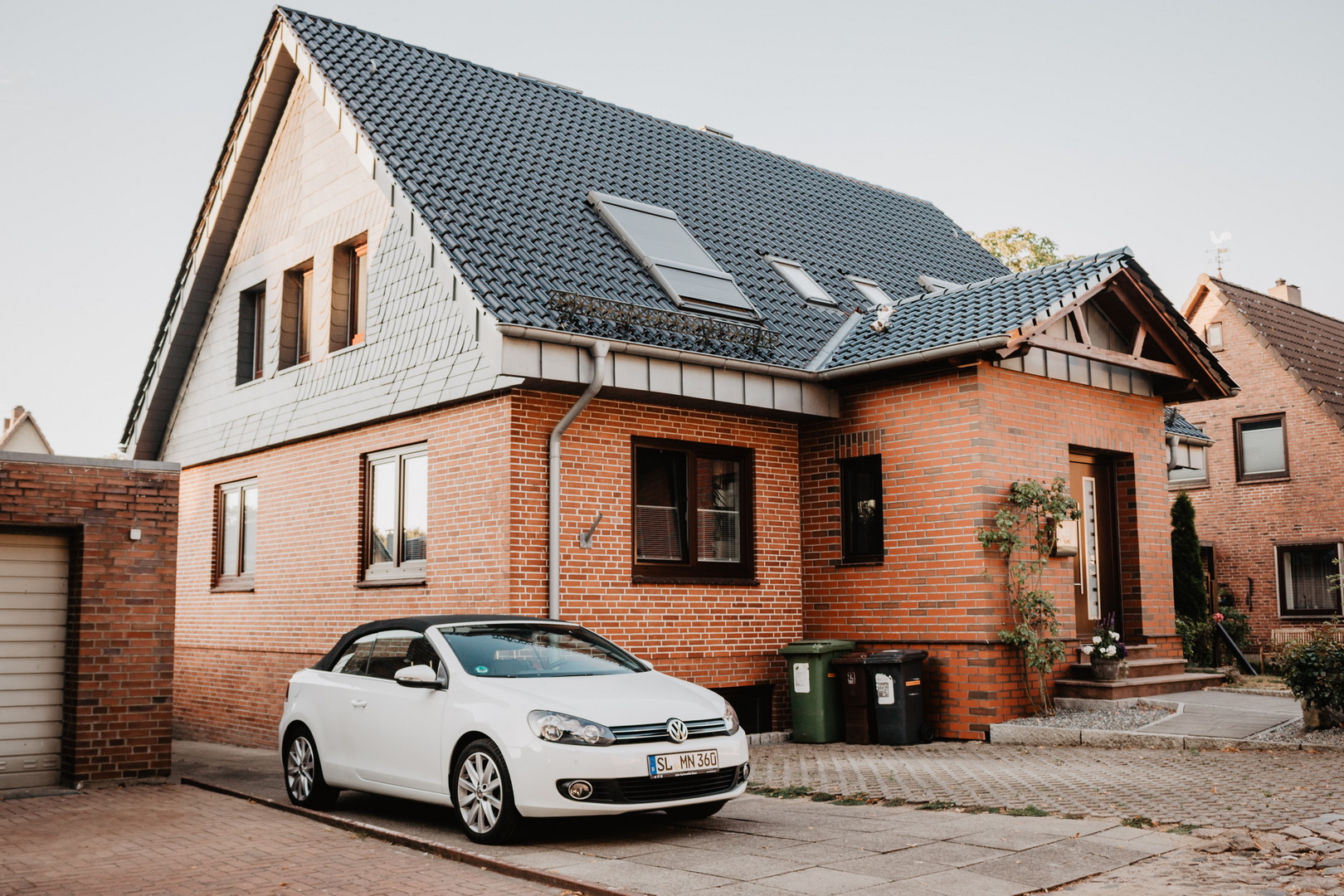
How much does skylight installation cost? Trying to come up with a legitimate way to bring in a bit more heat and natural light in your home? While this usually ranges from $1,000 to $5,000 (with an average cost of $1,700), there are several factors that you need to consider to truly understand what value for money means in each scenario.
Understand the costs associated with installing skylights, including roof replacement cost Ontario and other installation costs like framing, adding shades and blinds, and other materials. Learn more about roof skylight costs before you begin your project!
This guide will tell you everything you need to know about skylight installation, including estimates for skylight replacement cost and skylight installation Toronto. Also, learn about the costs of window repair throughout Canada. Get information on skylight blinds Toronto, and the cost of installing different kinds of windows or skylights. Don’t forget to look into the cost of skylight repair Toronto and elsewhere before you start your project. We also share tips on finding the right skylight contractor, and what to consider before choosing skylights for your home.
What Are The Benefits of Skylights?
Skylights can be an excellent way to bring natural light and warmth into your home. A skylight can improve the aesthetics of a room, allowing for more even lighting throughout your favorite space. Skylights are also energy efficient, reducing heating costs in colder months and providing airflow in hotter months. Additionally, skylights can increase the value of your home.
Natural Light
As part of residential LEED certification, skylights are encouraged to bring natural light into the home. Studies have found that exposure to natural light can improve both physical and mental health, reduce stress levels and increase productivity.
Warmth
Skylights can be a great way to bring warmth during winter. Sunlight provides heat, which reduces your need for artificial heating and lowers energy costs. Additionally, skylights can help reduce humidity levels, reducing mold growth indoors.
Improved Aesthetics
Having a roof skylight in your home can improve its overall aesthetics. Skylights can bring a unique look to any space and even natural lighting. Placing them in stairways or home offices can add a unique touch, while positioning them in living rooms can create a central point of interest.
Energy Efficiency
Skylights can be designed to increase energy efficiency in your home. A well-placed skylight can provide passive solar heat, which is a great way to reduce energy costs. Additionally, skylight shades and blinds can be used to reduce the amount of direct sunlight that enters the home, reducing both glare and UV rays indoors.
Increased Home Value
Installing skylights in your home can increase its value over time. Potential buyers may be looking for homes with natural light and energy-efficient features, and skylights provide both of those elements. Skylights can also make a home look more modern and attractive, which is a great way to add appeal to buyers.
Average Skylight Installation Cost – What is The Cost of Skylight Installation?
The cost to Install a window in your home can be anywhere from $500-$3000, depending on the size of the skylight, the type of skylight, and the number of skylights installed. Installing a skylight Toronto window or any other region of Canada will also depend on the complexity of the job. Additionally, you may need to factor in other costs, such as window blinds and seals.
What Factors Affect Skylight Installation Cost?
Installation of skylights in Edmonton or nationwide can be an excellent way to use natural light more, reduce energy costs, and enhance your home’s beauty. However, it is important to know what factors affect skylight installation costs so that you can accurately budget before hiring a professional contractor and avoid unexpected expenses later on.
The type of skylight ceiling you choose, the kind of roofing material on which it will be installed, and the installation complexity are some factors that can affect the cost to install windows. The size of the skylight also affects the price, as larger models require more time and labor for installation. The type of material used is also important to consider when looking at the total costs associated with skylight installation.
The Type of Skylight
The type of skylight you choose will majorly impact its installation cost. Fixed skylights are the least expensive option and typically require minimal labor for installation. Ventilated skylights, tubular skylights, and solar-powered skylights offer more options in terms of size and ventilation but may require additional labor for installation.
Roofing Materials
The type of roofing material on which the sky light will be installed can also affect installation cost. For instance, installing a skylight on a metal roof may require additional labor due to the complexity of cutting through metal. Additionally, certain types of roofing materials such as slate or tile may require special tools for installation, increasing installation cost.
The Type of Glass Used
The type of glass used for the skylight roof can also affect installation costs. Ordinary glass is a less expensive material but offers less insulation than special glass types which may be more expensive. Other types of windows such as tempered or laminated glass will also increase installation costs due to the complexity of installation.
Adding Skylight Shades And Blinds
If you want to control the amount of light that enters your home, you may need to add skylight shades and blinds. This can add to the overall cost of installation depending on the type and size of window coverings chosen.
How Many Skylights Do You Require?
The number of skylights Toronto homes need can also affect the overall cost. Installing multiple skylights for homes will require more labor and materials, increasing installation costs. Additionally, depending on how far apart the skylights are, additional roofing material may be needed to create a secure seal between them.
As you can see, there are many factors to consider when it comes to the cost of skylight installation. Understanding all of these elements is important to receive accurate pricing information from your contractor. Skylight Canada installation can be a great way to bring natural light into your home and improve its aesthetics, but it is important to consider all of the associated costs before committing to any project. With careful planning and budgeting, you can achieve the look you want.
By considering all of these elements, you can better understand how much to install a window in Canada and make an educated decision on what type of window works best for your home and budget.
Skylight Installation Cost
With our tips, you’ll be able to select the right kind of skylights for your home, choose the right size skylight and understand the costs associated with installation. Now read on to find out more about skylights, their associated roof replacement cost Toronto, and all you need to know about the installation cost of skylights Canada. To help you better understand the variations in skylight installation costs, we’ll break it down into costs according to brand, size, shape, number, and so on.
Skylight Costs by Brand
The installation price can vary depending on the brand of the skylight. The followings are some popular skylight brands and their average installation costs.
- Pella: $200 to $1,900
- Sun-Tek: $300 to $3,000
- Farko: $400 to $3,000
- Velux: $1,200 to $3,800
By Size
While a large skylight can be more expensive to install, it’s recommended to choose a smaller size to save on installation costs and prevent excessive energy loss.
- 25-inch by 41-inch: $325 to $650
- 25-inch by 57-inch: $350 to $850
- 49-inch by 49-inch: $550 to $2,500
By Style And Type
The price of your skylight installation can vary depending on the style and type you choose. Below are the expected costs for different skylight styles and types.
- Fixed Skylight: $175 to $1,600
- Tubular Skylight: $500 to $1,000
- Ventilating Skylight: $2,000 to $3,500
By Shape
The cost of installation or replacement skylights can be impacted by the chosen shape. Different shapes have varying prices, so it’s important to consider which one would fit your space best. Here are the estimated prices for each shape of the skylight.
- Square: $180 to $2,225
- Circular: $400 to $1,000
- Pyramid: $550 to $3,500
By Framing Material
The skylight cost varies depending on the type of framing material you select. Here are the estimated costs for different framing materials.
- Metal: $225 to $1,600
- Vinyl: $175 to $1,225
- Wood: $350 to $2,750
By Number of Skylights Installed
Installing several skylights roof windows at once can be more cost-effective than installing them individually, considering the cost per unit of each installation. This is similar to other projects that are done in batches.
If a homeowner wants to install less than five skylights, they will probably have to pay for each unit they install. However, if they need to install more than five, they may be eligible for a rebate on either the skylights or the installation charges from the supplier.
Factors to Consider Before Installing Roof Skylights
Now that you know how much skylight installation costs and what factors affect those costs, it is important to consider some additional factors that can also affect the success of the project before investing in skylights for your home.
What Are The Different Types Of Skylights?
As mentioned earlier, skylights come in a variety of shapes and sizes. Popular types include curb-mounted skylights, deck-mounted skylights, and self-flashed skylights. Curb-mounted models are installed on a framed opening on the roof and include flashing for protection against the weather. Self-flashed models come with a factor-attached flashing system that makes installation faster.
Where Should You Install a Skylight?
There are three main places to consider when installing a skylight: the home office, kitchen, and bathroom. Home offices are often lit by natural light in the morning and evening, making them ideal locations for large fixed skylights. Kitchens can be brightened up with ventilation models that eliminate stale air. Bathrooms are great locations for smaller tubular skylights. A bathroom skylight can provide natural light while still offering privacy.
When is The Best Time to Install Skylight?
The best time to install skylights is in the spring or early summer when temperatures are mild and there’s less chance of rain. It is also best to install skylights during a roof installation or replacement. This makes installation easier and cheaper.
Finding The Right Skylight Contractors
When installing a skylight in your home, finding a reputable contractor who can provide quality work at a reasonable price is important. A professional contractor will be able to assess the complexity of the job and provide an accurate estimate for materials and labor required. Make sure to do your research and read customer reviews before hiring a skylight contractor. Additionally, ask the skylight contractor for detailed estimates on labor and materials and any additional costs that may come up during the installation process.
Will The Skylight Leak?
Before investing in a skylight installation, it is important to consider the likelihood of leaks. A quality contractor will be able to assess your roof’s condition and discuss any potential problem areas that could cause leaks. Additionally, be sure to inquire about the type of flashing used and whether it is appropriate for your home’s roofing material. Flashings are typically made from aluminum and can help prevent water leakage around the skylight window.
Overall, skylight installation can be a great way to bring more light into your home while also adding to its value. By understanding the cost of installation and the various factors that affect it, you will be able to make an informed decision on whether or not skylights are right for your property. We hope this guide helps you understand the costs associated with installing a skylight and provides you with insights into finding a qualified contractor for your project.
Contact Niagara Roof Masters Now That You’re Ready to Install Skylights
If you’re ready to install skylights in your home, contact us at Niagara Roof Masters. We offer experienced and reliable roofing services at competitive prices. We can help you choose the right type of skylight for your space and budget and provide a professional installation service. Get in touch with us today at [phone] for up-to-date skylight prices Canada.
Frequently Asked Questions
How much labor cost to install a skylight?
The cost of professionally installing a skylight will depend on several factors, such as the type of skylight you choose, its size, and any additional features. On average, installation labor costs start around $200 to $300 and go up. from there. Installation may also require some drywall work or framing if the opening for the skylight will have to be enlarged. Any additional work like this could add to the overall cost of installation, so make sure to factor that in when budgeting for your skylight project.
How much does it cost to install a skylight in Ontario?
The cost of installing a skylight in Ontario will depend on several factors such as the project’s size, type, and complexity. Generally speaking, the total cost for installation can range anywhere from $800 to upwards of $2,500 or more, depending on the specifics. It is also important to consider that some additional costs may include permits, which can range from $200 to $500, depending on the municipality in which you live. Other costs may include labor and materials such as framing, insulation, drywall, and flashing. It is highly recommended to shop around for quotes before deciding on a contractor or company to complete your skylight installation project.
How long does a skylight last?
Skylights typically last up to 15 years if they are installed and maintained properly. It is also important to clear leaves and snow off your skylight and to carry out maintenance as required.
Should my skylight be sealed?
Yes, your skylight should always be sealed to ensure that it doesn’t leak. Make sure to speak to your contractor about the type of flashing they will use and whether or not it is suitable for your roofing material.
Does a skylight add value to my home?
Yes, a skylight installation can add value to your home. In addition to increasing natural light, skylights can also help reduce energy costs and provide a unique design element.
Can skylights make my home warm?
One of the biggest benefits of skylights is that they can bring in natural light, which helps to brighten and warm up your home. Skylights are also a great way to reduce energy costs by allowing you to take advantage of natural sunlight instead of relying on artificial lighting.










